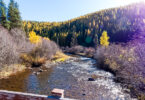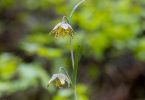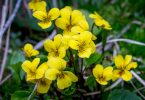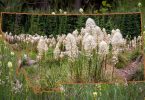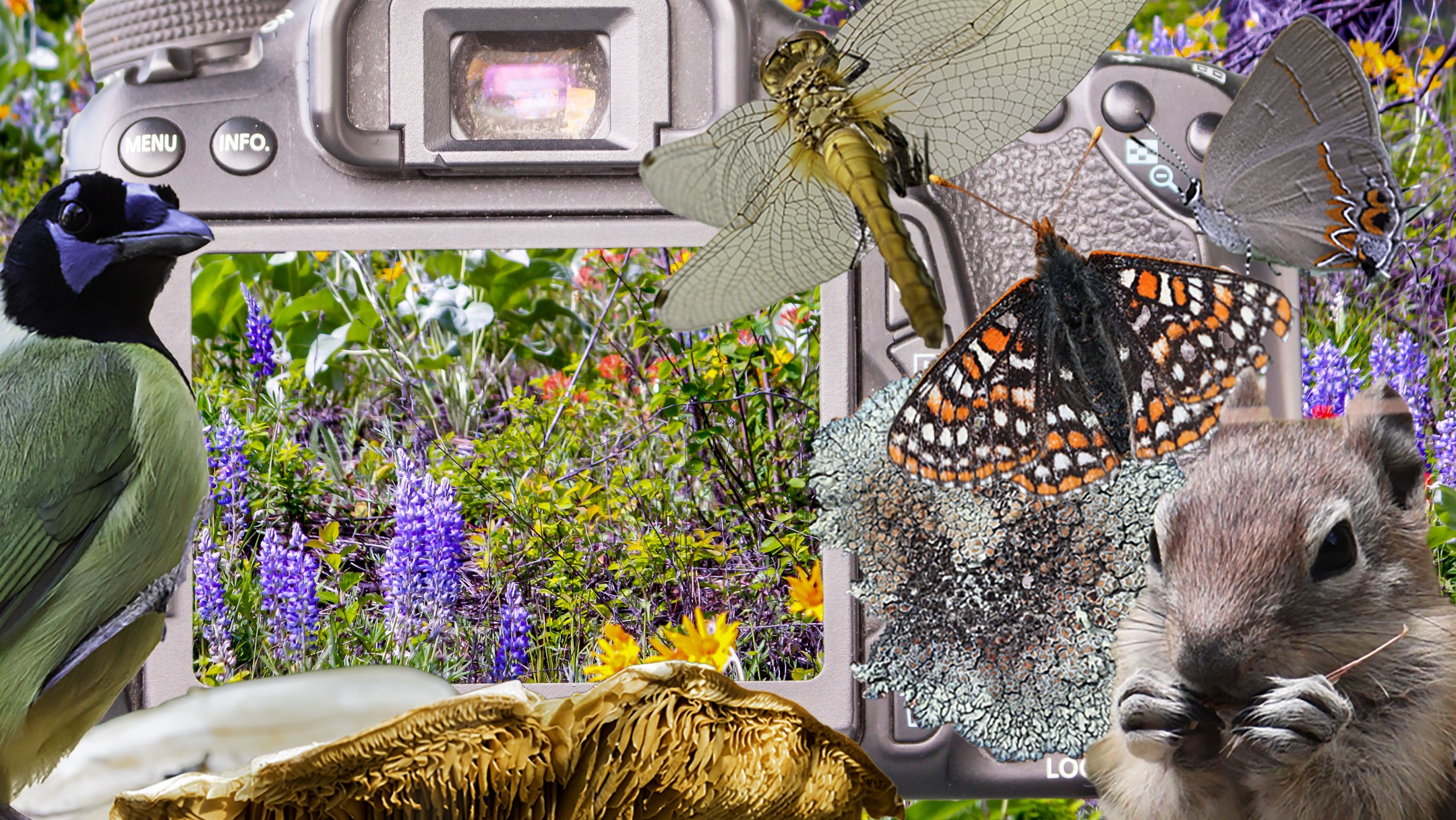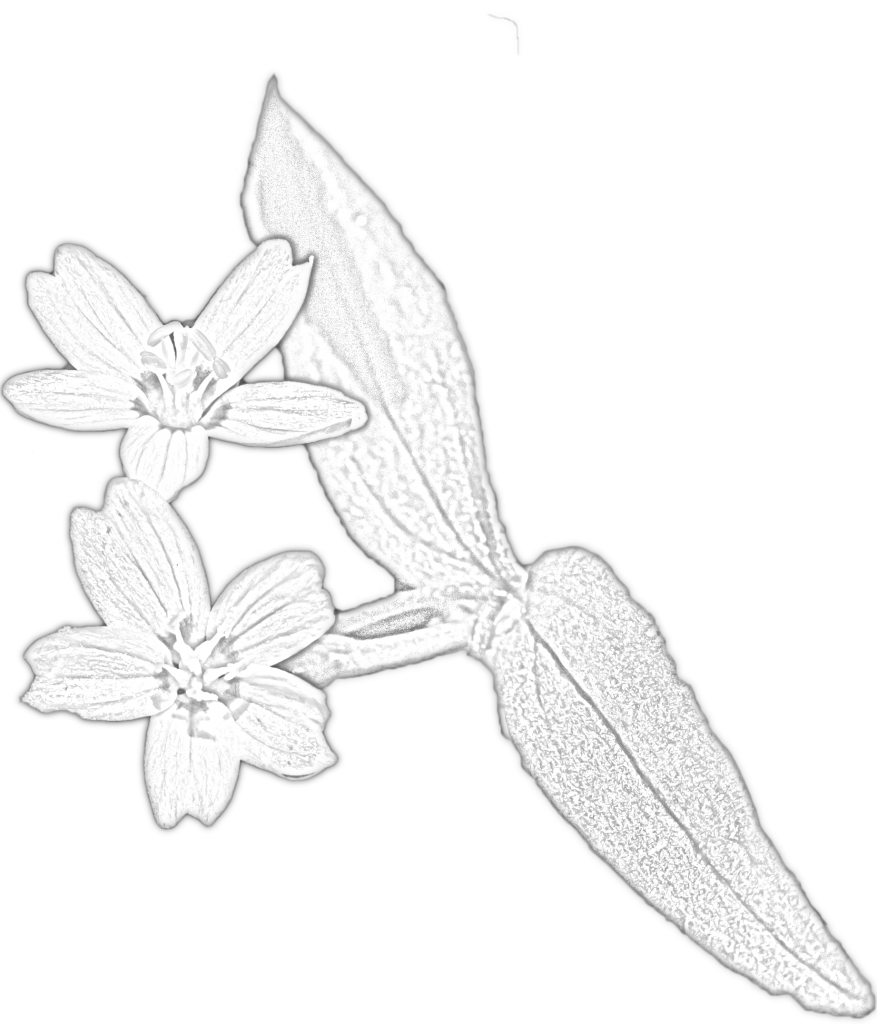
Taxonomy
- Family: Montiaceae
- 14 genera of ~230 species
- Claytonia genus = 25 native species
Species Habitat
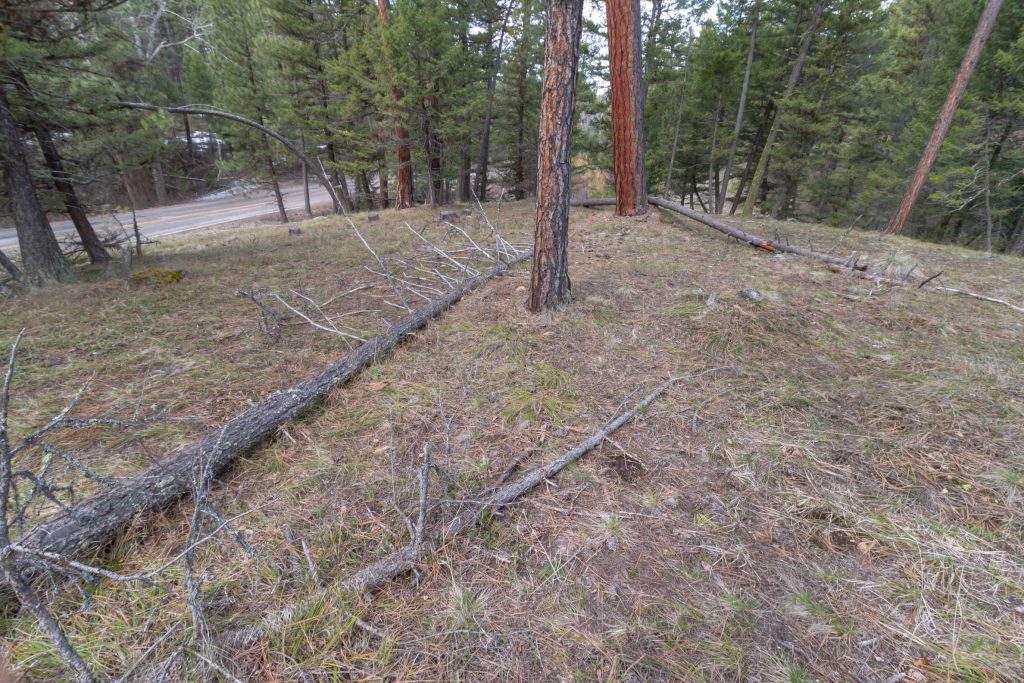
Spring Beauty (Clayonia lanceolata) grows in seasonally moist soil in a variety of situations: woods, meadows, grasslands, thickets from montane to alpine elevations (Lesica 2012). The photo above is from Pattee Canyon Recreation Area; can you see this wildflower on the southeast facing upland slope? Here’s what it looks like at ground level (below).
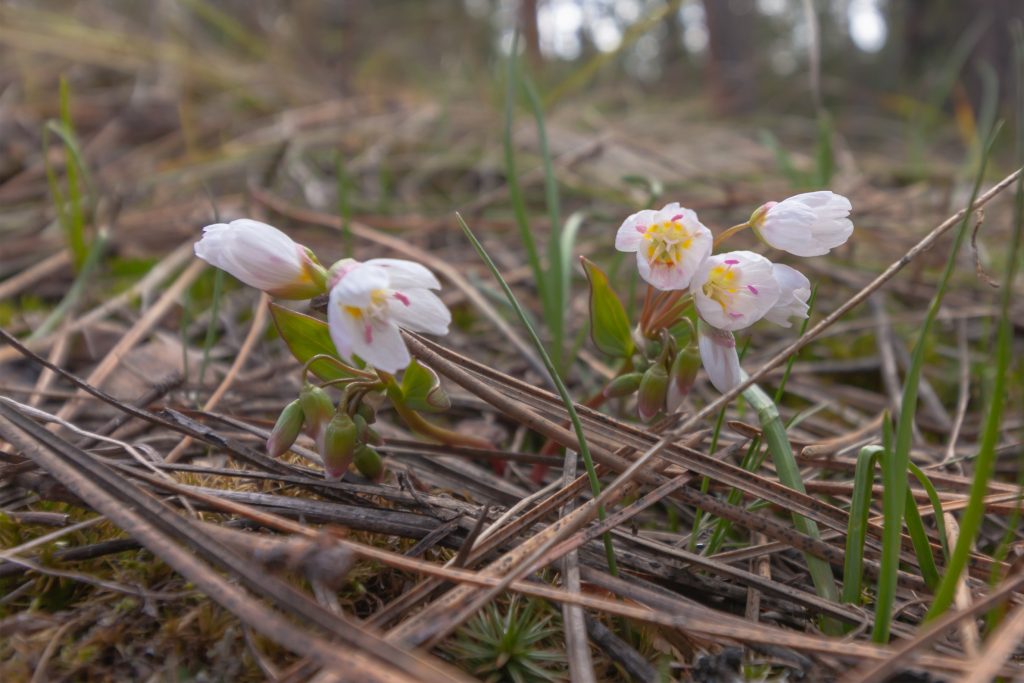
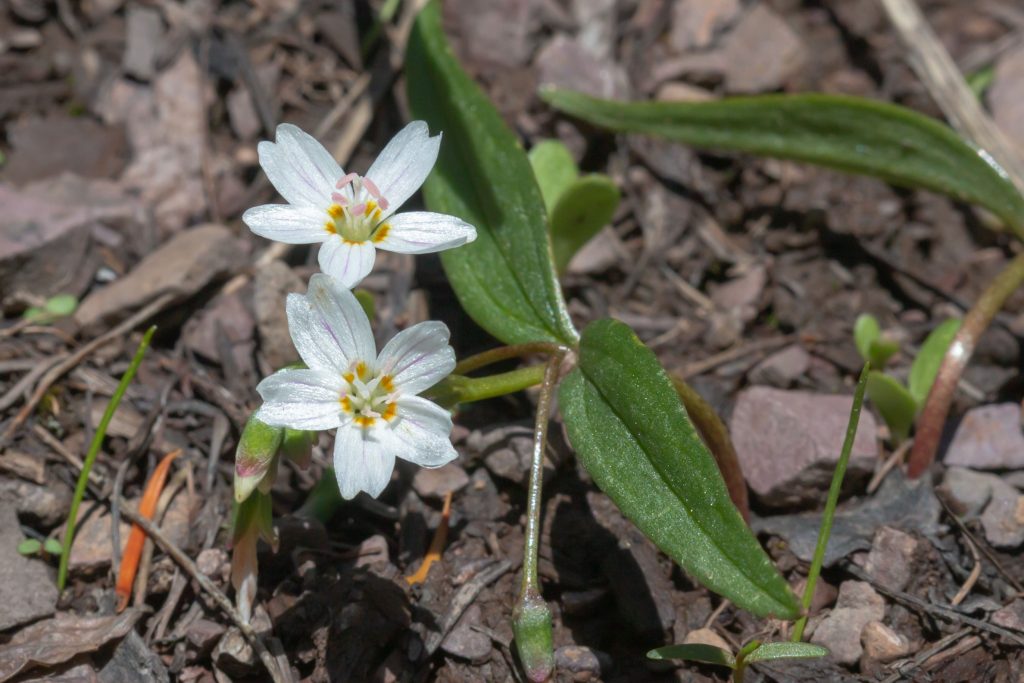
Biology
Mathews (2003) has a short detailed account of the biology of this plant. In a nutshell, Spring Beauty grows quickly from a bulb. It will grow, flower, set seed and store starches for next year in a maximum of four weeks! The coolest fact from Mathews account: the plant utilizes growth heat from the stored starches to facilitate photosynthesis in cold temperatures.
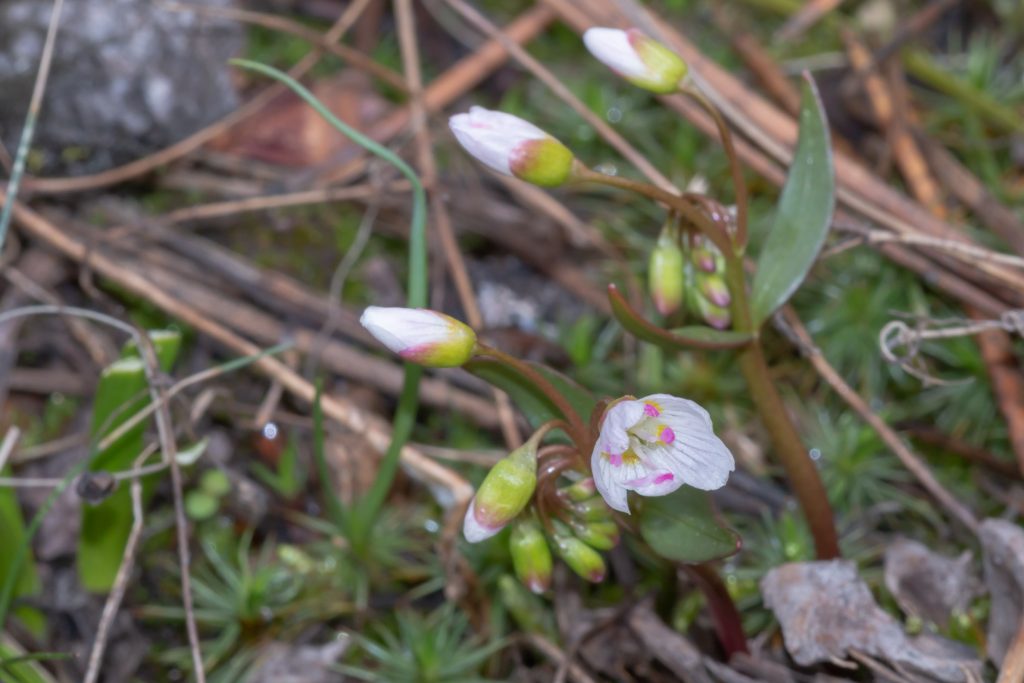
Wildflower Identification
At low elevations few plants are in flower during early April. Bulbous Woodland-star has a pinkish white flower, but has red stems, star shaped flowers and a different leave shape. Spring Beauty has (Lesica 2012):
- lance shaped stem leaves with three parallel lines,
- leaves are somewhat succulent and 1-3 inches long
- a height up to 10 inches
- five notched white flower petals streaked with pink
- pink colored stamens
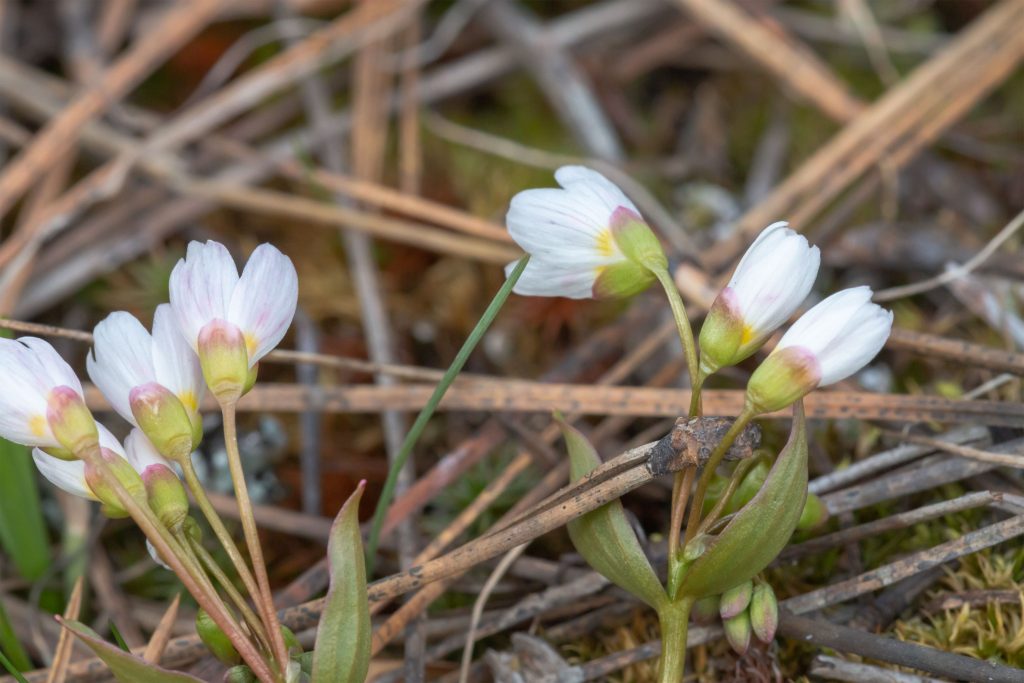
Distribution
This species is found throughout the Rocky Mountains of the American West.
Claytonia virginica also named Spring Beauty is the eastern equivalent commonly found in lands east of the Mississippi River. If you want information for this related species, click on the following links for the states of Illinois , Minnesota, Texas, and Virginia.

